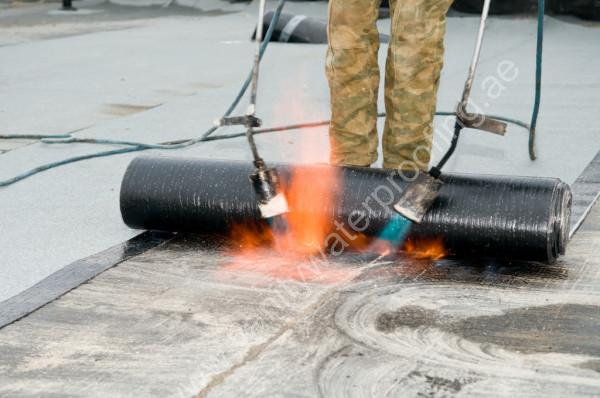What are the disadvantages of bituminous waterproofing membranes?
Membrane waterproofing is the application of a thin layer of watertight material over the surface. There are different methods of membrane waterproofing. One among them is sheet based waterproofing membrane. The most common type of sheet based membrane is the bituminous waterproofing membrane which will be stuck to the substrate with a hot tar-based adhesive using blowtorches.
Disadvantages of bituminous waterproofing membrane
- The torch-on membranes have very poor weathering properties and hence they have a very short service life. They tend to crack and cause leakages due to weather changes. They may melt/loosen during the summertime and harden during winter time which leads to possible delamination and cracks.
- Further, the size of the rolls of the membranes is usually only 1 m x 10 m, which leads to several overlaps. Moreover, the installation of such membranes is very tedious and hazardous as it requires the use of gas/flames/primer, etc.
- No water ponding or accumulation of water is allowed on those areas where such torch-on based membranes are applied. Whenever there is water accumulation, it causes the breaks down the asphalt which is an oil based product.
- The life of various torch-on membranes is probably only 3-5 years after which they need to be replaced, which means repeated cost.
Now, which is the best waterproofing method? The answer is very simple. Cementitious waterproofing.
Contact Vanity technical Services LLC, the best waterproofing contractor in Dubai, UAE to know more about cementitious waterproofing.

